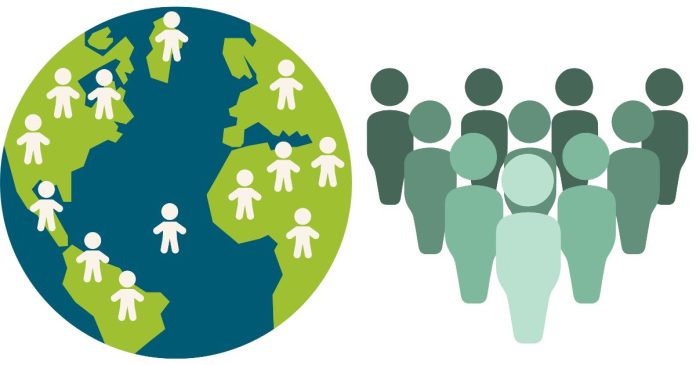Predicting the global population in the year 3000 is an extraordinary challenge because it involves considering an enormous number of unpredictable factors over a span of nearly 1,000 years. These factors include technological advancements, environmental changes, social and political developments, and unforeseen global events like pandemics or natural disasters. However, we can explore some possible scenarios based on current trends and projections.
Current Population Trends
As of 2025, the global population is approximately 8 billion. According to United Nations projections, population growth is expected to slow down significantly in the 21st century due to declining birth rates in many countries. By 2100, the world population may stabilize around 10–11 billion people.
Factors Affecting Long-Term Population Growth
- Fertility Rates
- Many developed countries already have fertility rates below replacement level (2.1 children per woman).
- Developing nations are also experiencing declines due to improved education, healthcare, and access to family planning.
- Technological and Medical Advances
- Advances in healthcare could increase life expectancy.
- Genetic engineering and artificial intelligence might reshape human reproduction and lifespan.
- Climate Change and Resource Availability
- Environmental changes could lead to resource scarcity, forcing humanity to adapt by reducing consumption or limiting population growth.
- Global Policies and Cultural Shifts
- Population control policies, like China’s former one-child policy, could be adopted in response to overpopulation.
- Cultural changes might encourage smaller families or influence migration patterns.
- Potential for Colonization of Other Planets
- If humanity becomes a multi-planetary species, population growth might continue in space, reducing the pressure on Earth’s resources.
- Unpredictable Events
- Pandemics, wars, or natural disasters could drastically alter population trends.
- Technological singularity or artificial intelligence might introduce unforeseen dynamics.
Possible Scenarios for the Year 3000
- Stabilized Population
- The population could stabilize at 10–15 billion, with advanced technology and sustainable practices maintaining a balance between resources and growth.
- Population Decline
- A global preference for smaller families, combined with aging populations, could lead to a steady decline, possibly reducing the population to 5–7 billion.
- Exponential Growth
- If humanity expands into space and harnesses new energy sources, the population could grow to hundreds of billions across Earth and other planets.
- Collapse and Recovery
- Severe global challenges, such as climate crises or resource wars, could lead to population decline, followed by eventual recovery to an unknown level.
It is impossible to accurately predict the world population in the year 3000, given the complex interplay of social, environmental, and technological factors over such a long timeframe. However, humanity’s ability to adapt, innovate, and manage resources will play a critical role in determining the outcome. Whether Earth will support a thriving population, or humanity will extend its reach into the cosmos, the possibilities are vast and exciting to contemplate.


